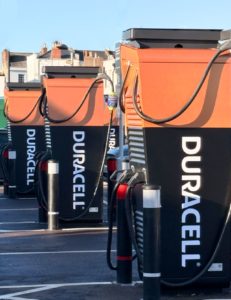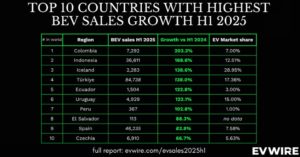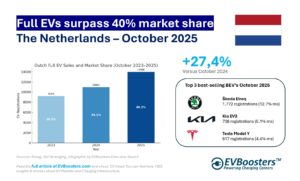In the past year, the price of lithium iron phosphate (LFP) battery cells in China has dropped 51%, averaging $53 per kilowatt-hour (kWh). This sharp decline is due to falling raw material costs and overcapacity in battery production. The cathode material costs, which constitute a significant portion of battery expenses, have decreased substantially, reducing overall production costs.
China’s battery production now exceeds global EV demand, leading manufacturers to cut prices to maintain market share. This overcapacity has forced a competitive shakeout, favouring the most efficient production facilities with advanced technology. As a result, the average capacity utilisation of battery plants in China has fallen from 51% in 2022 to 43% in 2023, with further declines expected.
Key Chinese battery manufacturers, such as Contemporary Amperex Technology Co. Ltd. (CATL) and BYD Co. Ltd., continue to invest in research and development, automation, and new production facilities. These efforts, combined with ongoing technological and manufacturing process improvements, ensure that low battery prices will persist for the foreseeable future.
The implications of these low prices are profound. Battery cells at $50/kWh mean the technology to decarbonise road transport is already available. In China, EV battery pack prices have been below the $100/kWh benchmark since October 2023, with LFP pack prices now at $75/kWh. This price point allows EVs to be priced competitively with, or even below, combustion engine vehicles in most segments.
China, the world’s largest auto market, now sees battery-electric vehicles as the cheapest drivetrain option by average transaction price. Almost two-thirds of EVs in China are already cheaper than their ICE equivalents. This price advantage is expected to extend to international markets, with new, affordable electric models set to launch outside China in 2025 and 2026.
Additionally, the stationary energy storage market stands to benefit from falling battery prices. The economics of large-scale energy storage have become more attractive, with turnkey energy storage system prices down 43% from a year ago. BloombergNEF forecasts global stationary storage installations to rise to 155 GWh this year, a 61% increase from last year.
This dramatic reduction in battery costs dispels previous concerns about battery and metal scarcity. Predictions of indefinite shortages have proven inaccurate as the market adapts and prices continue to fall.
Overall, China’s progress in reducing battery costs and making EVs more affordable is a significant step toward a more sustainable and decarbonised future.
Source: Bloomberg

Duracell enters the EV charging market with first site live and a £200 million UK investment
Duracell has taken a major step into the electric vehicle charging industry with the launch of its new public charging network, Duracell E Charge. The company’s first site is already






